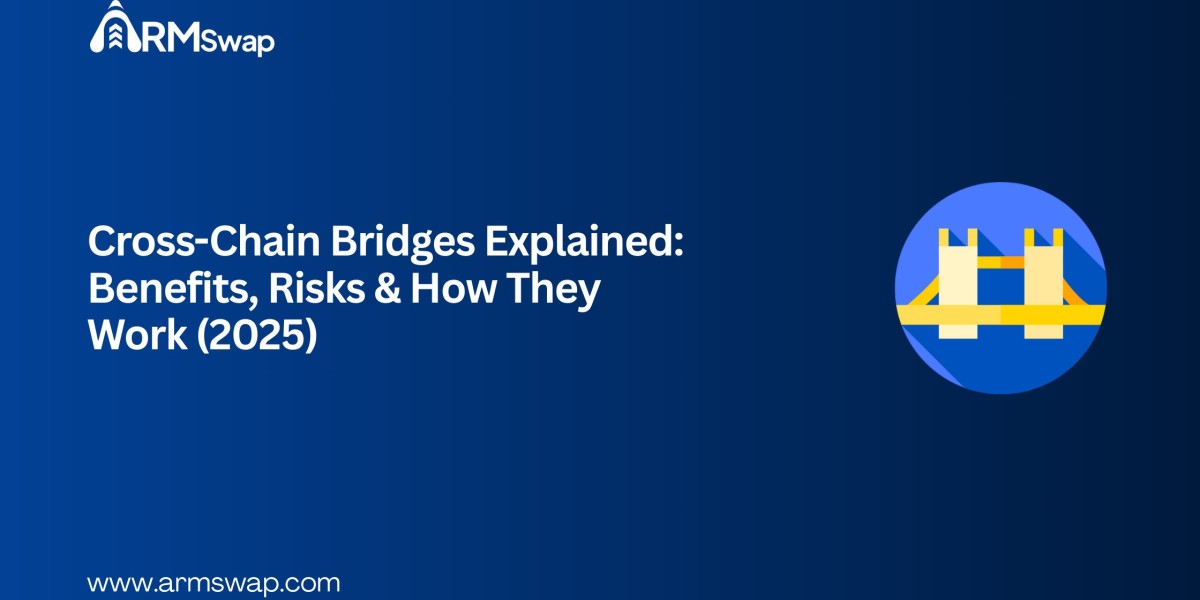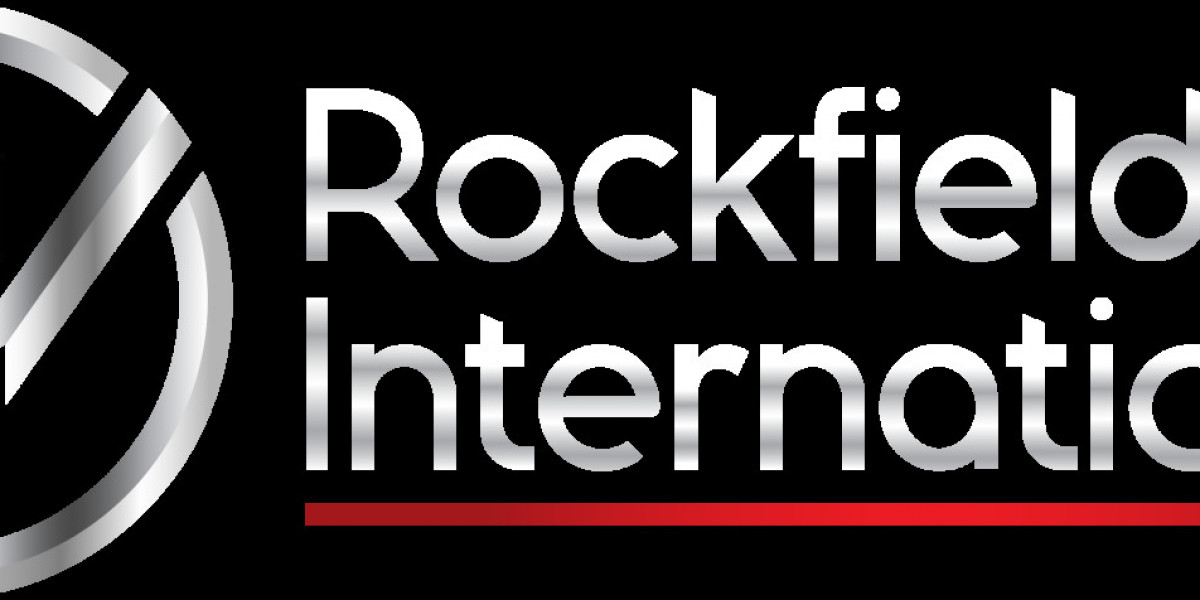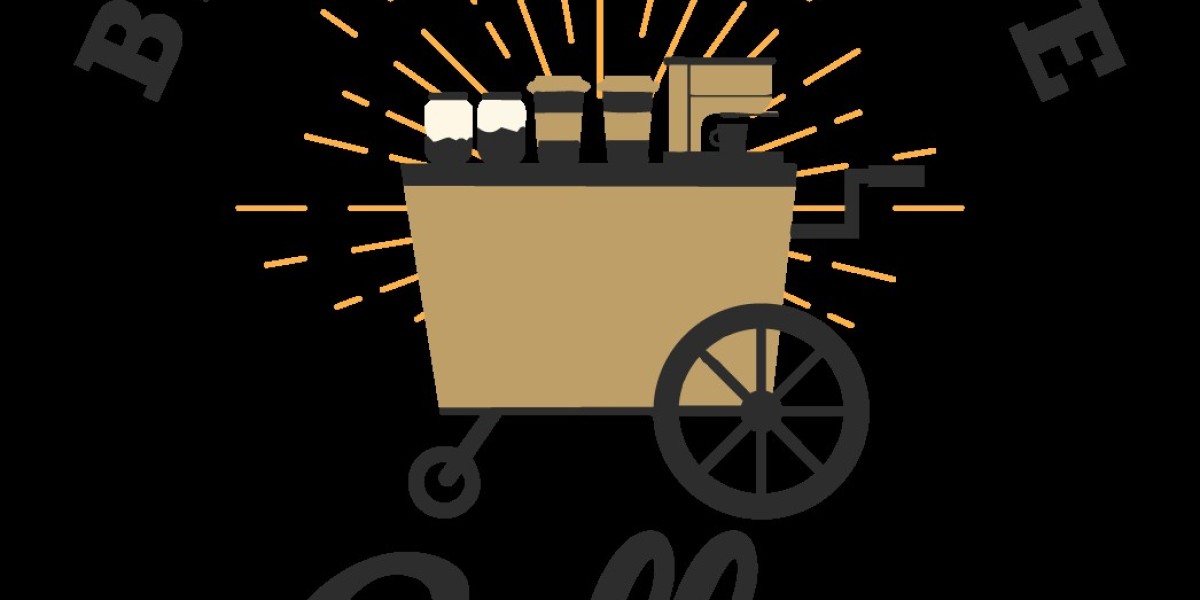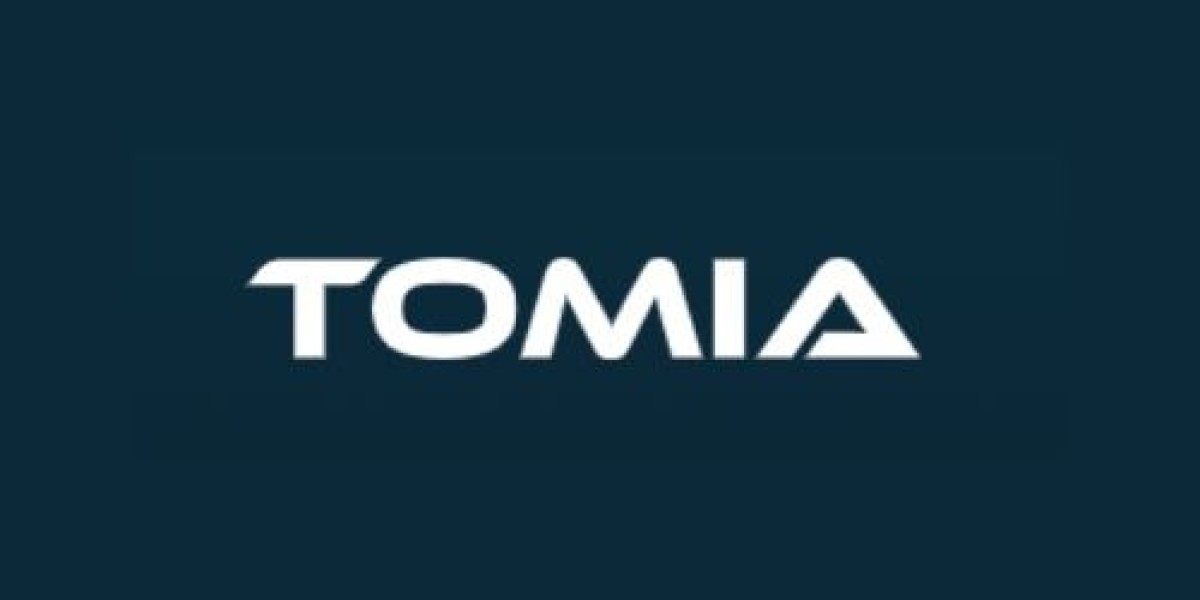With blockchain networks booming, moving assets across them isn’t a luxury - it’s a necessity. Enter cross-chain bridges, a critical piece of infrastructure that lets users transfer tokens and data across different blockchain networks.
But while bridges offer freedom and flexibility, they also come with serious security trade-offs. Here's what you need to know.
What Are Cross-Chain Bridges?
A cross-chain bridge is a protocol that allows assets or data to move between two or more blockchains. For example, you might use a bridge to send ETH from Ethereum to a DeFi platform on BNB Chain or Polygon.
Bridges can be custodial (managed by a trusted entity) or non-custodial (using smart contracts and decentralized validators). Each type has its pros and cons.
Benefits of Using Cross-Chain Bridges
1. Blockchain Interoperability
Bridges connect isolated ecosystems. This opens up new use cases, such as using Bitcoin in Ethereum-based smart contracts or accessing Solana NFTs from a Polygon wallet.
2. Access to Multi-Chain dApps
Users can move assets across chains to access DeFi protocols, NFT marketplaces, or games that are only available on certain networks.
3. Improved Capital Efficiency
Rather than splitting liquidity across chains, bridges allow capital to flow to where it's needed most—whether that’s for yield farming, staking, or trading.
4. User Flexibility
Users aren’t locked into a single blockchain. They can chase lower gas fees, faster transactions, or better returns by moving assets to more favorable chains.
5. Developer Opportunities
For developers, cross-chain compatibility expands their app's user base, functionality, and reach—without being limited by a single chain’s features.
Risks of Using Cross-Chain Bridges
1. Security Vulnerabilities
Bridges are frequent targets of hacks due to complex code and often centralized control points. High-profile attacks have resulted in losses exceeding $2 billion.
2. Smart Contract Bugs
Even decentralized bridges rely on smart contracts that can be exploited if not properly audited or updated.
3. Custodial Risk
Some bridges hold user funds in centralized wallets or rely on trusted intermediaries, which introduces counterparty risk.
4. Liquidity Constraints
Bridges may not always have enough liquidity to support large transfers, leading to slippage, delays, or failed transactions.
5. Regulatory Uncertainty
Bridges operate across jurisdictions and may face scrutiny depending on how they handle assets, user data, or compliance.
How to Use Cross-Chain Bridges Safely
Use well-known, audited bridges like LayerZero, Wormhole, or Multichain.
Avoid moving large sums all at once—test with small amounts first.
Check liquidity and fees before initiating a transfer.
Stay updated on news about bridge exploits or upgrades.
Final Thoughts
Cross-chain bridges are essential for a connected, multi-chain blockchain future. But with great flexibility comes great risk. If you’re going to use them, do your homework, understand the risks, and always prioritize security.







